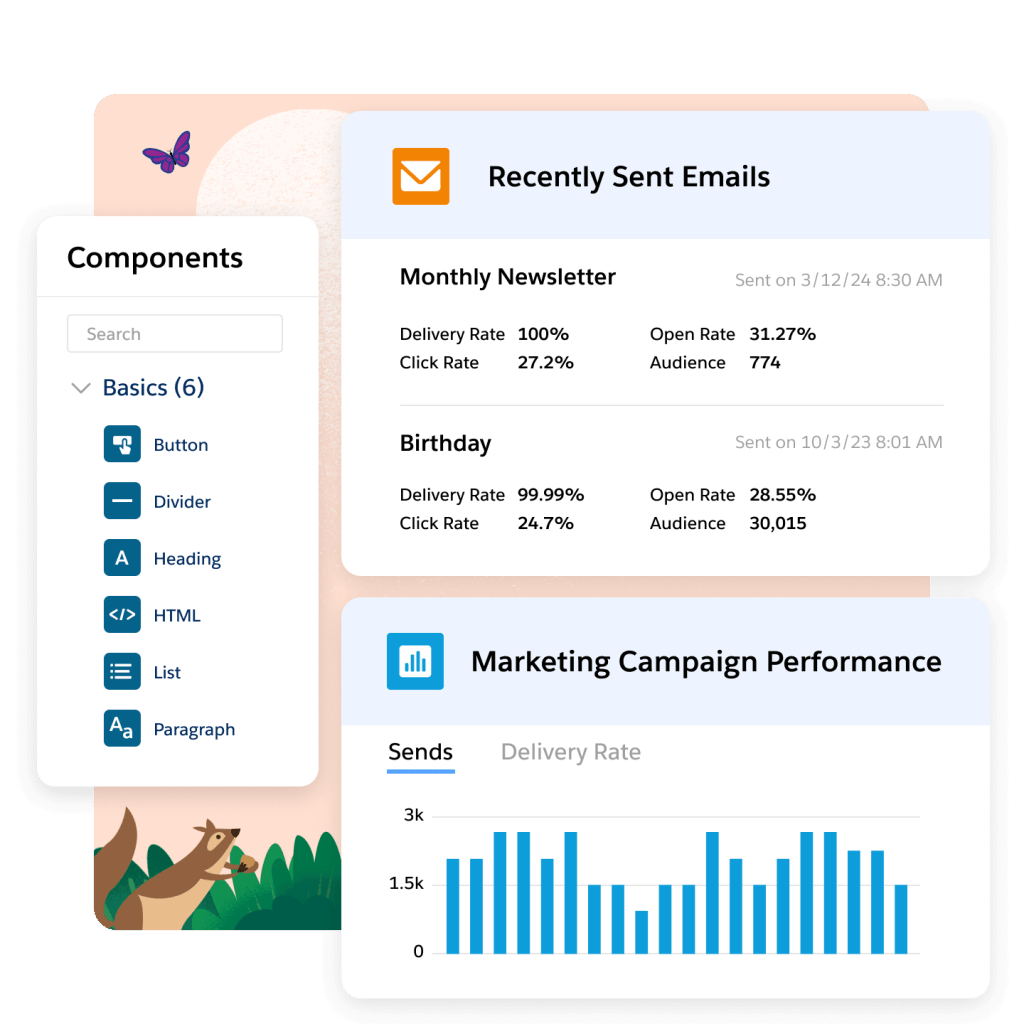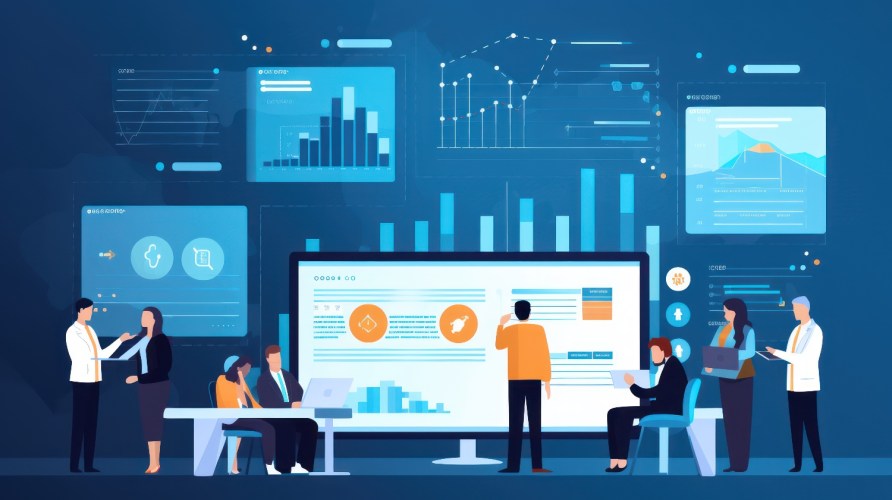Business analysis sounds like one of those terms people throw around in meetings without ever pausing to explain. But remove the buzz, and you’ll find it’s one of the most practical skills your small and medium-sized business (SMB) can put to work. Done well, it turns scattered ideas (and data) into structured plans and gives teams the clarity they need to move forward with confidence.
Analyzing your business is not about crunching endless numbers. It’s about uncovering what really matters. From identifying hidden problems to shaping workable solutions, business analysis has become a discipline that most modern organizations lean on. In this guide, we’ll look at what business analysis actually means and why it has become such a defining factor in decision-making today. Let’s get started.
What you’ll learn:
- What is business analysis?
- The difference between business analysis and business analytics
- Why business analysis matters
- What is a business analysis framework?
- What are some popular business analysis techniques?
- What is the role of a business analyst?
- How to choose the right business analysis tools
- Harnessing business analysis for impactful growth
What is business analysis?
Business analysis is the practice of examining how your company works today and figuring out how it could work better tomorrow. It is about spotting gaps and shaping solutions that deliver real outcomes. Rather than focusing only on processes or technology, business analysis looks at the bigger picture (people, data, systems, and strategy) and connects them in a way that makes sense.
In simple terms, that means translating your business problems into clear requirements, then working with teams to design and evaluate solutions. It’s a mix of investigation and problem-solving that helps you avoid guesswork. The goal is simple: make sure every project or process is guided by insight rather than assumptions.
Start with SMB Basics
The difference between business analysis and business analytics
Business analysis and business analytics may sound similar, but they are actually different.
Business analysis focuses on understanding problems and using insights to improve how a business operates. It looks at your structure and goals, aligning business needs with technical solutions. On the other hand, business analytics is the application of data and statistics behind those insights. It involves identifying trends and forecasting future outcomes by employing sophisticated techniques. Together, business analysis sets the direction while business analytics provides the foundation to make decisions with confidence.
Of course, doing this well requires the right set of tools. A customer relationship management (CRM) tool (like Salesforce) keeps customer information in one place, making it easier to track interactions and spot opportunities. How? Data 360 brings together customer data, giving analysts a complete view of the business. And Tableau turns all this data into clear, visual dashboards, so insights are easy to understand and act on. Together, these tools make business analytics less about wrestling with numbers.
Why business analysis matters
Business analysis is often the difference between a project that delivers impact and one that misses the mark. Here are some of the biggest reasons it has become so valuable:
- Spot problems: Many problems aren’t obvious at first glance. Business analysis helps uncover the root cause so teams don’t waste time patching symptoms.
- Shape ideas: Great ideas can get lost in translation. Analysts shape them into structured requirements that teams can actually build and deliver.
- Stay on track: With clear priorities and requirements in place, projects are less likely to stall or drift.
- Weigh risks early: Every change comes with trade-offs. Business analysis weighs options early so leaders can make the correct calls.
- Improve collaboration: Analysts bridge the gap between leadership, technical teams, and end users, making sure everyone is working toward the same outcome.
What is a business analysis framework?
A business analysis framework is a structured way of approaching problems and shaping solutions. It provides analysts with a roadmap to follow, so work stays consistent and outcomes are easier to measure. Most frameworks combine a set of phases and recognized standards that guide how analysis is carried out.
Key phases in business analysis
Most business analysis flows through six familiar phases. These phases are not always rigid or linear. Many organizations move back and forth between them, especially in agile environments, but they provide a useful way to understand the flow of analysis work.
- Initiation: Define the scope of the problem or opportunity. Using data visualization and artificial intelligence (AI) insights from CRM analytics keeps outcomes grounded in reliable data for greater accuracy and impact.
- Requirement gathering: Engage stakeholders to collect information about needs, expectations, and constraints. Interviews and surveys are often used here.
- Analysis: Review the information collected to spot patterns or gaps. The goal is to make sense of what stakeholders really need.
- Solution recommendation: Propose options that can meet the requirements and discuss trade-offs with decision makers.
- Implementation: Support teams in putting the chosen solution into action while making sure requirements are met.
- Evaluation: Measure the effect against the original objectives to confirm that the solution delivers value.
The Total Economic Impact™ Of Tableau
See how Tableau customers have increased data literacy and improved decision-making companywide in this free report.



Popular standards and approaches
Alongside the phases, there are established standards and approaches that guide how analysis is performed. These standards give business analysts a shared language and structure, while still allowing flexibility.
- Business Analysis Body of Knowledge (BABOK): A globally recognized framework that outlines tasks, techniques, and competencies for business analysts.
- Agile analysis: Focuses on adapting analysis to iterative development, where requirements evolve as teams build and test solutions.
- Six Sigma: Uses data and structured problem-solving to reduce errors and improve processes.
- Design thinking: Emphasizes understanding user needs deeply and creating solutions through iterative prototyping.
- Waterfall analysis: A more traditional, sequential approach where requirements are defined fully upfront before moving into design and delivery.
What are some popular business analysis techniques?
Picking the right technique can make or break your analysis. It should be the one that gets stakeholders aligned and leads to real improvements, not the one that looks good on paper. Here are some of the most relied-upon methods:
SWOT Analysis
Strengths, Weaknesses, Opportunities, and Threats (SWOT) analysis is a favorite for its simplicity and impact. It breaks things down into four clear areas: strengths (what your business does best), weaknesses (where you’re falling short), opportunities (external factors you can seize), and threats (external challenges you need to prepare for). It’s flexible enough to use at any business stage, and it gives you a balanced view of where you stand — internally and externally.
MOST Analysis
Mission, Objectives, Strategies, and Tactics (MOST) analysis keeps strategy grounded in reality. It starts with your mission (your “why”), then sharpens into objectives (the specific targets to reach), strategies (the approaches to get there), and tactics (the concrete steps that make it happen). It’s all about aligning your daily actions with your long-term vision.
Business Process Modeling (BPM)
Business Process Modeling (BPM) turns messy operations into clear, visual workflows. It maps every step, input, and output of a process, making it easier to fix bottlenecks and improve communication across teams. For many, BPM becomes the playbook for how the business runs and evolves.
PESTLE Analysis
Political, Economic, Social, Technological, Legal, and Environmental factors (PESTLE) analysis scans the environment around you. Political shifts, economic trends, sociological changes, technological advances, legal regulations, and environmental pressures — all of these can reshape a business. PESTLE helps you track these forces so you can adapt early, not react late.
CATWOE
Customers, Actors, Transformation, Worldview, Owners, and Environmental constraints (CATWOE) is built for complex problem-solving. It breaks issues into six perspectives: customers (those affected), actors (those doing the work), transformation (how inputs turn into outputs), worldview (the bigger context), owners (decision-makers); and environmental constraints (external limits). The result is a structured way to view tough problems from all angles before making a move.
What is the role of a business analyst?
A business analyst is the person who connects what a business needs with how it actually gets done. They talk to stakeholders, look at processes, and turn ideas into clear plans that teams can follow. Their job is to make problems easier to understand and to help projects move forward without confusion.
Being a business analyst means using both people skills and technical know-how. They need to manage different perspectives and solve problems as they arise. At the same time, they work with data and map out workflows in a way that everyone can act on. The best analysts bring these abilities together to keep projects moving smoothly and producing results that matter.
Join millions in the growing Salesforce ecosystem
Trailblazers are free to reinvent themselves, free to dream bigger.

How to choose the right business analysis tools
The methods are important, but the tools you use every day often decide whether analysis feels effortless or overwhelming. Not every tool will fit your business. Here are a few practical things to weigh before deciding:
- Your business goals: A tool should support both where you are today and where you want to go tomorrow. It should handle requirements and documentation without slowing you down.
- Ease of use: A clunky interface can kill adoption. Look for tools that are simple to navigate and make data easy to visualize and share.
- Value for money: The best tools don’t have to be the most expensive. What matters is whether they deliver a clear return on investment (ROI) and avoid surprise costs later.
- Scalability and features: As your analysis gets deeper, you’ll want advanced options like data integration, quality control, and strong security baked in.
Types of tools business analysts rely on
Business analysts rarely stick to just one kind of tool. Different stages of analysis call for different approaches, and a solid toolkit usually covers these categories:
- CRM: Tools like Pro Suite help link customer insights to business processes. Analysts can track project progress and measure how changes affect performance and outcomes across teams.
- Requirement gathering: These tools help capture stakeholder needs and track changes without losing context. They’re the foundation for keeping development and quality assurance aligned.
- Modeling: You can turn raw data into visuals like diagrams and process maps, making it easier for non-technical teams to understand complex systems.
- Collaboration: Tools like Slack keep communication flowing across teams. They make sure decisions are transparent by keeping stakeholders in the loop.
- Project management: These tools aren’t always a business analyst’s core focus, but knowing how to use them can be valuable for tracking dependencies and outcomes across bigger initiatives.
- AI analytics: AI-powered tools like predictive analytics and natural language processing can uncover trends, flag potential risks, and even recommend next steps. This way, analysts get more time to focus on interpretation and strategy rather than manual data crunching.
When these tools come together, they make business analysis faster and more actionable. That’s why many organizations are now layering in advanced platforms like Tableau to uncover trends, and improve customer experience. Verizon, for instance, used Tableau to reduce call volumes and boost customer satisfaction, showing just how powerful the right tools can be in practice.
Ready to go Pro?
Level up your CRM with the top-rated Pro Suite — the customer platform that scales with you.

Harnessing business analysis for impactful growth
Business analysis is a way to turn insight into action. When you understand your processes and make data-driven decisions, growth becomes intentional rather than accidental. Tools like Salesforce and Tableau bring this to life, combining structured business insights with real-time data visualization so teams can act quickly and confidently. By using business analysis in daily operations, you can anticipate challenges and make informed decisions.
Ready to get started? Begin your journey with a free trial of Starter today. Looking for more customization? Explore Pro Suite. Already a Salesforce customer? Activate Foundations to try Agentforce 360 today.
AI supported the writers and editors who created this article.




































